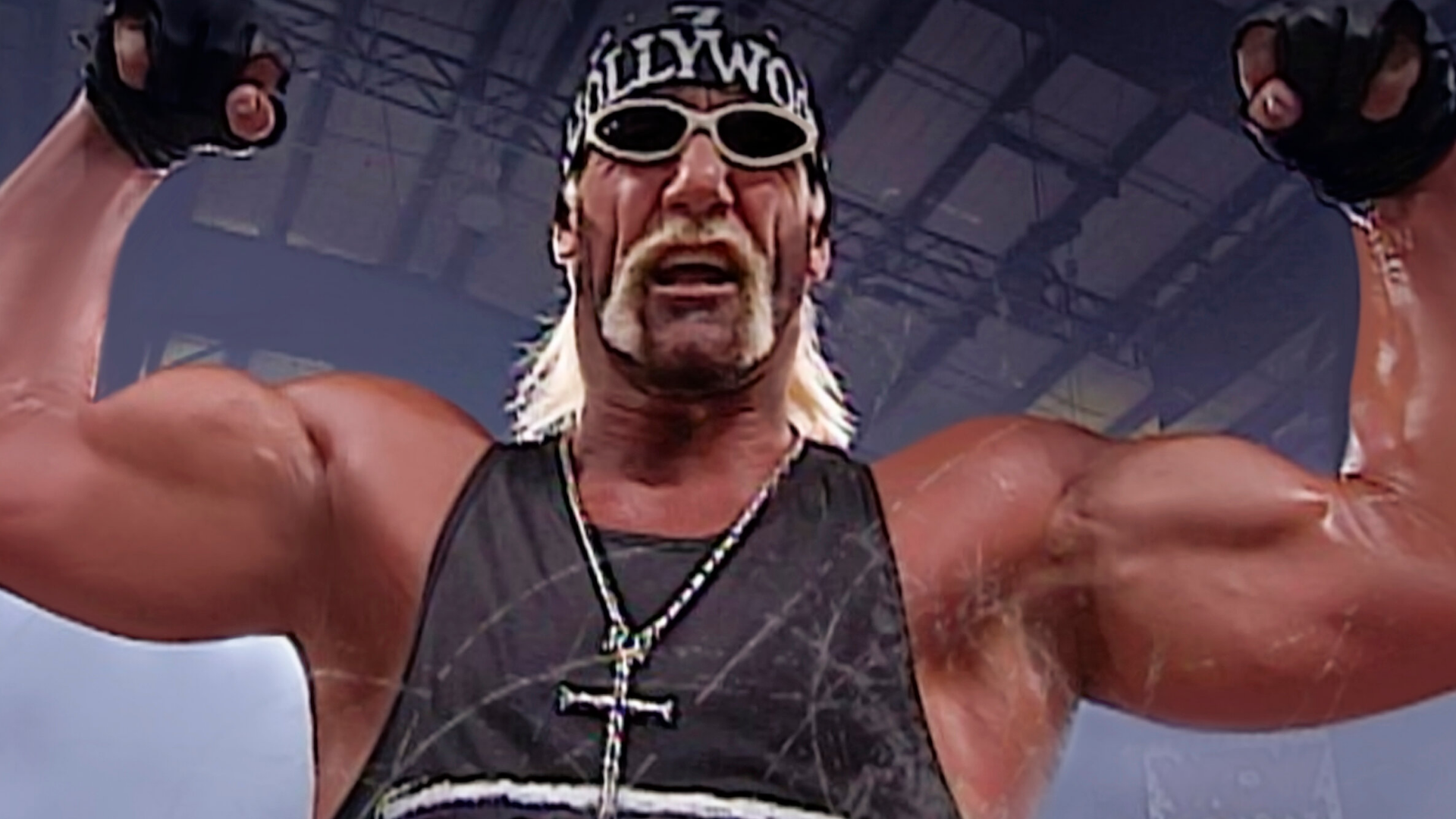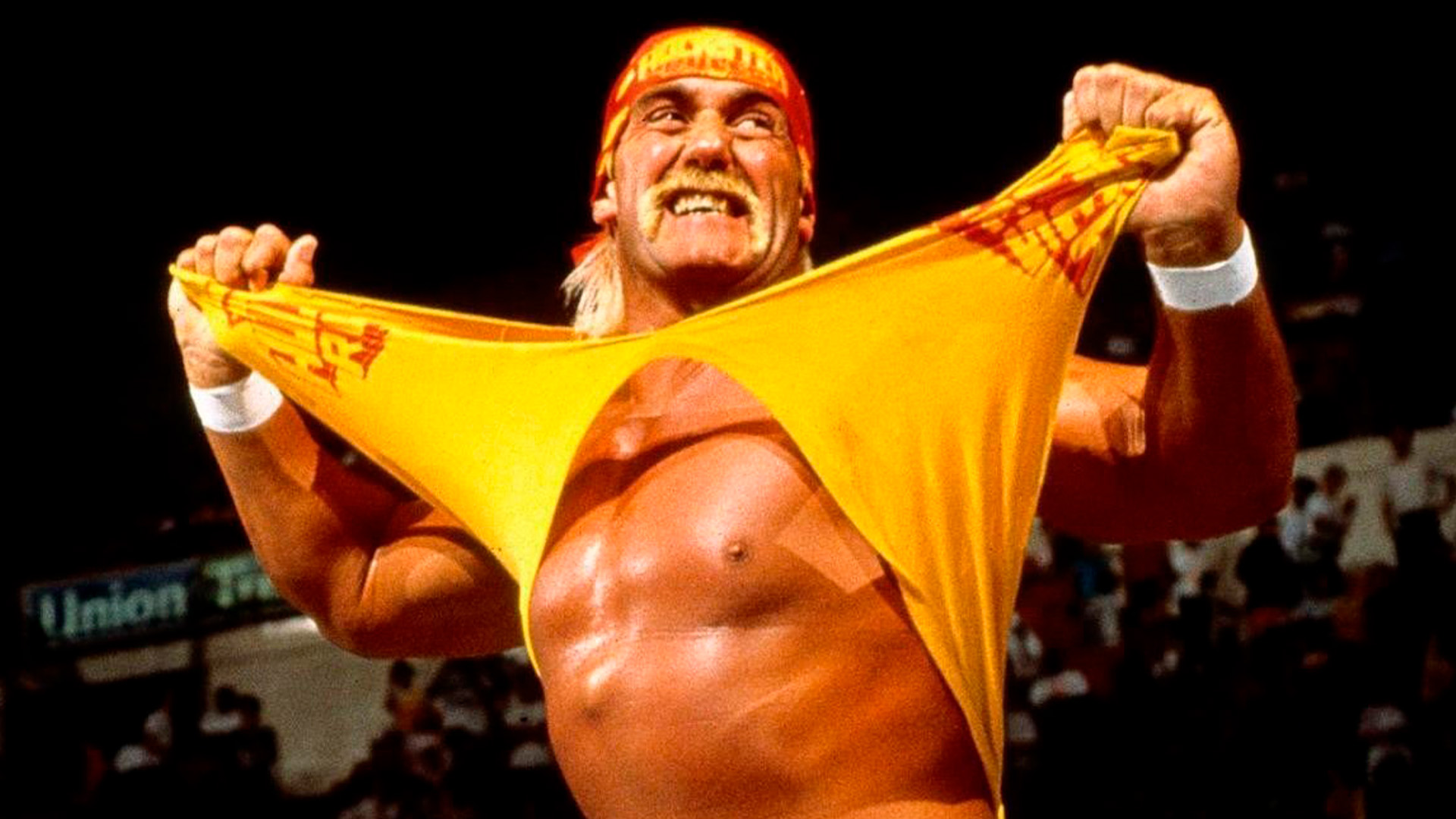The Day Hulk Hogan Turned Heel and Changed Wrestling Forever
Hulk Hogan, one of the most iconic names in professional wrestling, passed away this Wednesday at the age of 71, leaving behind an unparalleled legacy in sports entertainment. While many remember him as the heroic face of the 1980s in the WWE, it was a shocking moment in 1996 that transformed not only his career—but the entire industry.
How Did Hogan’s Heel Turn Happen?
On July 7, 1996, during WCW Bash at the Beach, the wrestling world was rocked to its core. The main event featured Lex Luger, Randy Savage, and Sting taking on the invading outsiders Scott Hall, Kevin Nash, and an unknown third man representing the mysterious New World Order (nWo).
Just when the match seemed stacked against the WCW trio, Hulk Hogan emerged. Fans expected him to save the day. Instead, in a moment of pure shock, Hogan delivered his trademark leg drop—not to Hall or Nash, but to Randy Savage. Gasps echoed throughout the arena as he revealed himself as the third man and declared the birth of the nWo, a faction that would revolutionize the wrestling world.

How Did Hogan’s Heel Turn Happen?
On July 7, 1996, during WCW Bash at the Beach, the wrestling world was rocked to its core. The main event featured Lex Luger, Randy Savage, and Sting taking on the invading outsiders Scott Hall, Kevin Nash, and an unknown third man representing the mysterious New World Order (nWo).
Just when the match seemed stacked against the WCW trio, Hulk Hogan emerged. Fans expected him to save the day. Instead, in a moment of pure shock, Hogan delivered his trademark leg drop—not to Hall or Nash, but to Randy Savage. Gasps echoed throughout the arena as he revealed himself as the third man and declared the birth of the nWo, a faction that would revolutionize the wrestling world.
From American Hero to Hollywood Villain
For over a decade, Hogan had been the ultimate good guy: the all-American champ, a role model for kids, the symbol of honor and justice. But that night, he tore it all down. Reinventing himself as "Hollywood Hogan," he embraced the dark side, donning black and playing the villain with swagger.
The impact was immediate and visceral. Fans threw trash into the ring, screamed in disbelief, and some even cried. It was a betrayal—but also a masterstroke. Hogan had successfully reinvented himself, proving he could remain relevant in the edgy, rapidly evolving wrestling landscape.

















